(PLVN) - On the first day of Spring, talking to reporters of the Vietnam Law Newspaper (PLVN), Minister of Agriculture and Rural Development Le Minh Hoan was confident about the achievements of Vietnamese agriculture in 2024, continuing to affirm its role as a "pillar" of the economy.
Development in both scale and production level
Can the Minister review some important results that the agricultural sector has achieved in 2024?
In 2024, Vietnamese agriculture will continue to transform, adapt faster and be more flexible to changes and fluctuations; overcome difficulties and challenges to promote production development in both scale and production level.
In 2024, the total export turnover of agricultural, forestry and fishery products is estimated to reach a record high of 62.4 billion USD, up 18.5% over the previous year. The trade surplus continued to reach a new record of 18.6 billion USD.
Of which, agricultural exports were nearly 33 billion USD, livestock 525 million USD, forestry 17.2 billion USD, seafood 9.9 billion USD... There were up to 7 goods/groups of exported goods with over 3 billion USD.
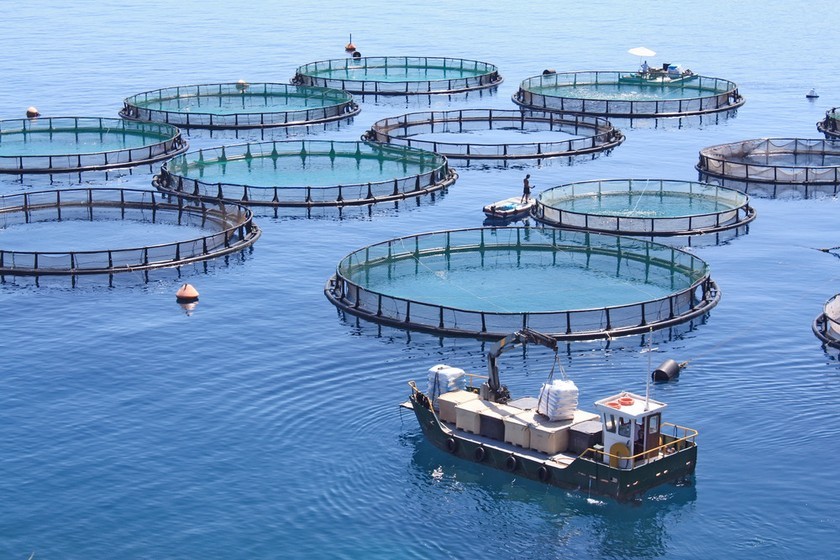 |
Total export turnover of agriculture, forestry and fishery products in 2024 will reach 62.4 billion USD. |
Following the activities of the agricultural sector, we can see that we have been trying to produce agriculture in a way that does not require “looking to the sky, the land, or the clouds”; aiming for a green, modern, high value-added agriculture. Could you elaborate on this issue?
In 2024, the agricultural sector faced many storms and difficulties from unusual situations due to natural disasters and production and business practices. Despite facing some unfavorable factors, the Ministry of Agriculture and Rural Development was determined and proactive in directing synchronous solutions early and from afar, thus minimizing damage to key crops.
To overcome the consequences of natural disasters, the Ministry promptly coordinated with all levels and sectors to advise and propose to the Central Government to synchronously deploy many groups of policies and support solutions to quickly restore agricultural production.
In the coming time, we need to continue to create positive and unified changes from the central to local levels to increase the added value and quality of agricultural products. Many ineffective rice areas need to be converted to other crops, more effective aquaculture; apply mechanization, technical advances, use high-quality rice varieties to increase productivity; apply crop spreading processes; control the quality of seeds in planted forest areas. Establish and issue codes for growing areas, packaging facilities, etc.
We must gradually change from a “brown” agricultural approach to a “green” agricultural approach, increase the application of organic production processes, reduce the intensity of resources and inputs, and develop sustainable agriculture in an organic and biosafe direction.
In the new context, the Ministry of Agriculture and Rural Development has proposed a number of issues to the Central Government. Firstly, continue to innovate, develop and improve the efficiency of collective and cooperative economies. Secondly, improve the financial and credit situation in the agricultural and rural sectors. Thirdly, support the enhancement of community capacity in rural areas.
Narrowing the rural-urban gap
In recent years, the country's economy has developed rapidly, per capita income has increased, but some farmers are still poor. Could you please tell us about the orientations and solutions to overcome this situation?
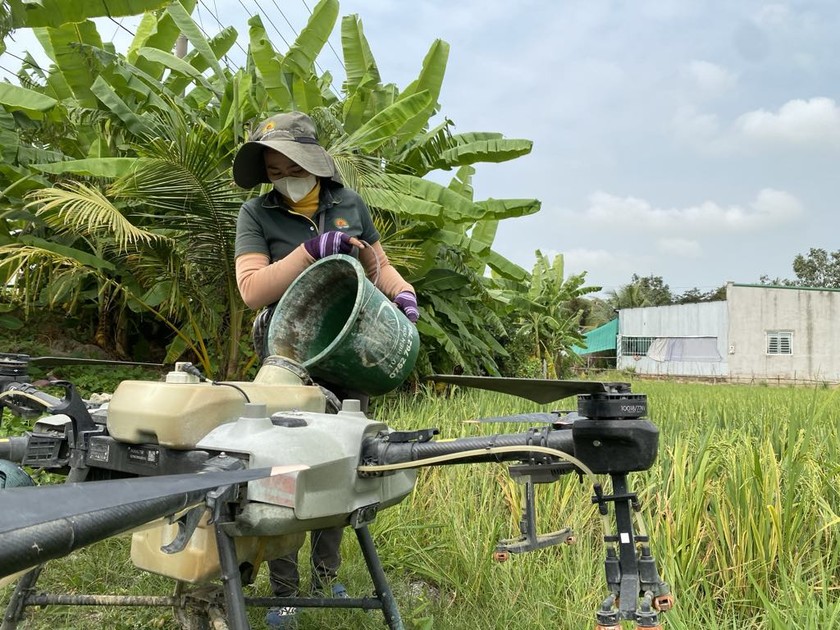 |
Operating pesticide spraying using drones (Photo: VGP). |
In recent times, it is undeniable that farmers’ income has been raised, and the appearance of rural areas has been significantly improved. However, there is still a large gap between rural and urban areas, between farmers and townspeople.
The average agricultural land area per household in Vietnam is among the lowest in the world. Farmers in difficulty often fall into the case of small-scale, spontaneous production, without participating in any forms of cooperation. Therefore, in rural economic development; it is necessary to pay attention to and fundamentally shift labor to the non-agricultural sector. Doing so will create conditions to increase the scale of production land, help mechanize, automate, and digitize fields, increase labor productivity, and increase rural residents' income.
In the New Year of At Ty 2025, what message does the Minister have for farmers and the business community?
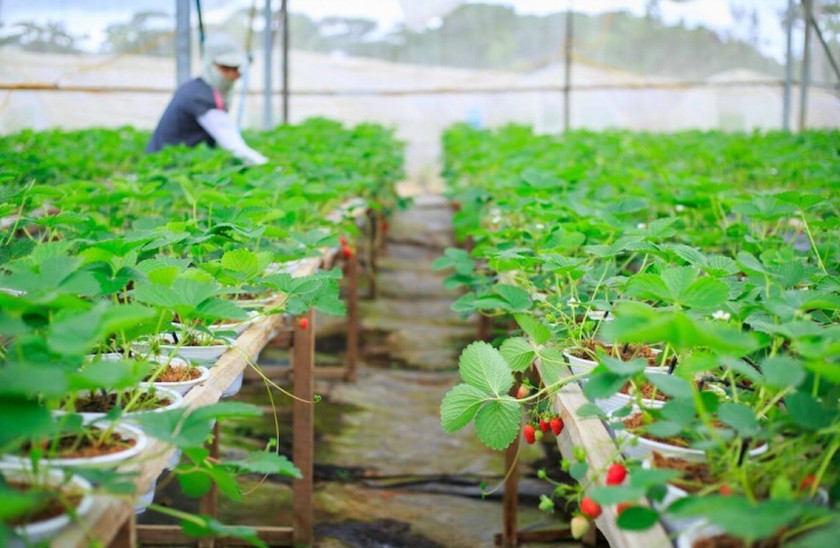 |
Vietnam is gradually moving towards a green, modern, high value-added agriculture (Photo: TL). |
2025 is the final year, accelerating and breaking through to the finish line of the 5-year Industry Development Plan 2021 - 2025. The whole industry will focus on continuing to strongly transform the mindset from agricultural production to agricultural economy, promoting industry restructuring towards developing ecological, green, and circular agriculture associated with building modern new rural areas, developing rural economy and civilized farmers.
Focus on removing difficulties and obstacles, minimizing the negative impacts of the epidemic and market fluctuations to increase exports, and make good use of opportunities from trade agreements for Vietnamese agricultural products.
In an agriculture that adapts to new trends, each farmer needs to continuously learn through a variety of interactive channels. Each person should boldly participate in community spaces and forms of organization that connect farmers.
On behalf of the Ministry of Agriculture and Rural Development, I would like to send my best wishes for a prosperous new year to all of you.
Thank you very much Minister!
Source: https://baophapluat.vn/mua-vang-nganh-nong-nghiep-post538618.html


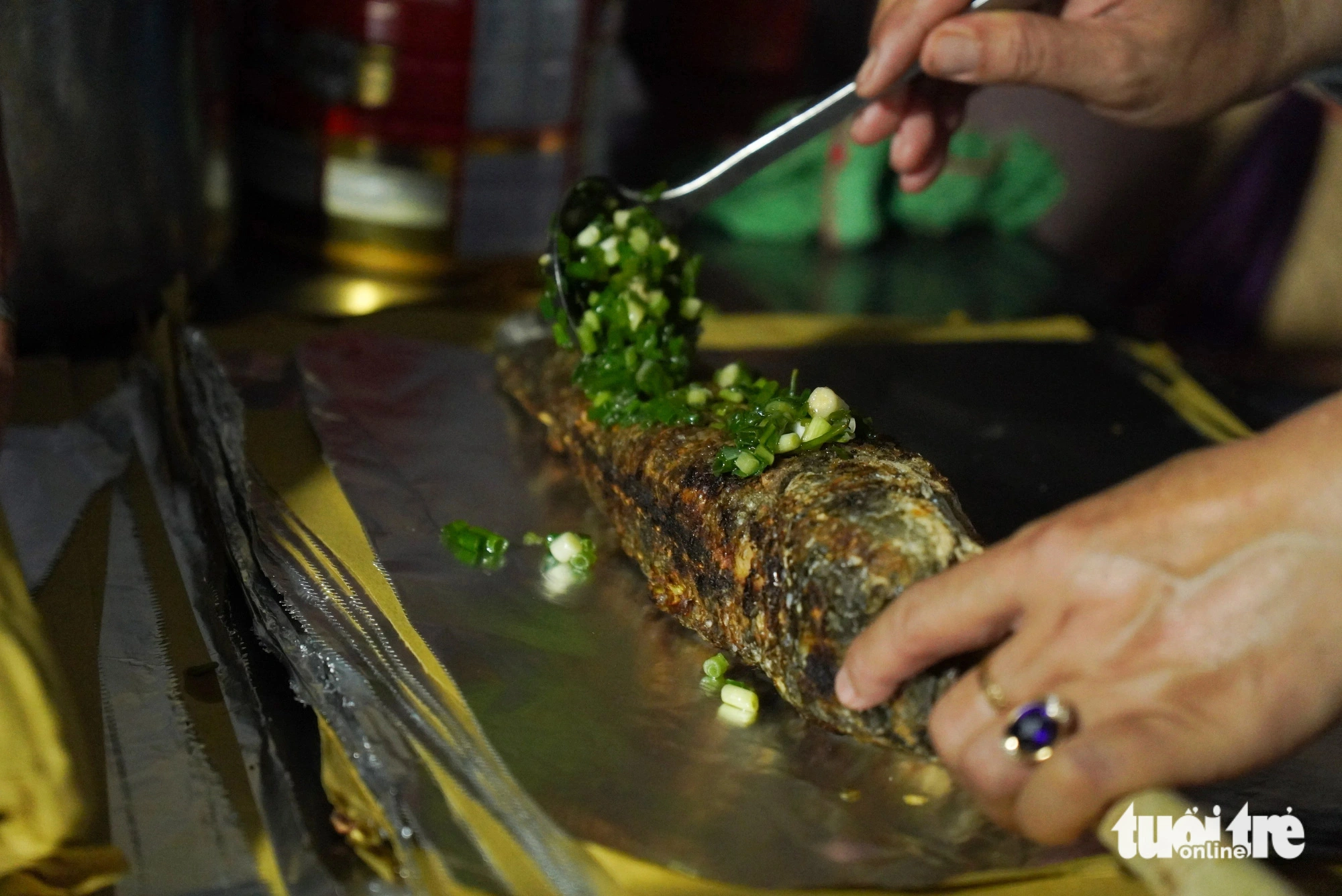

























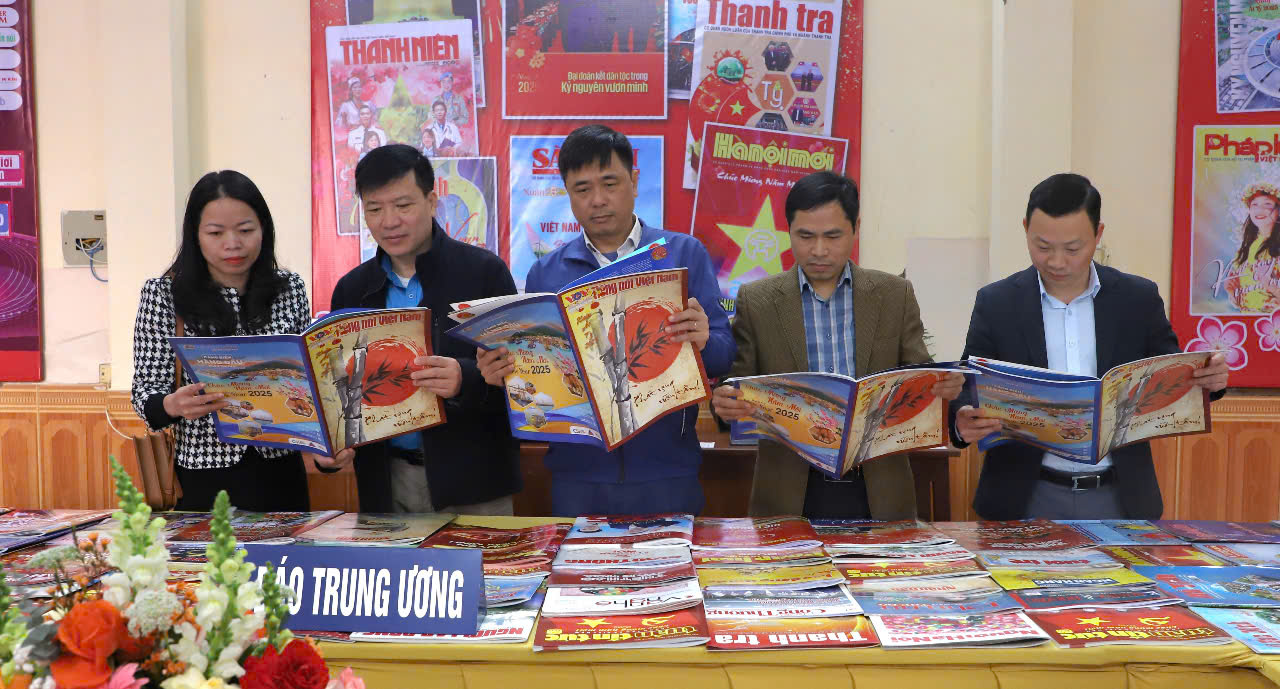

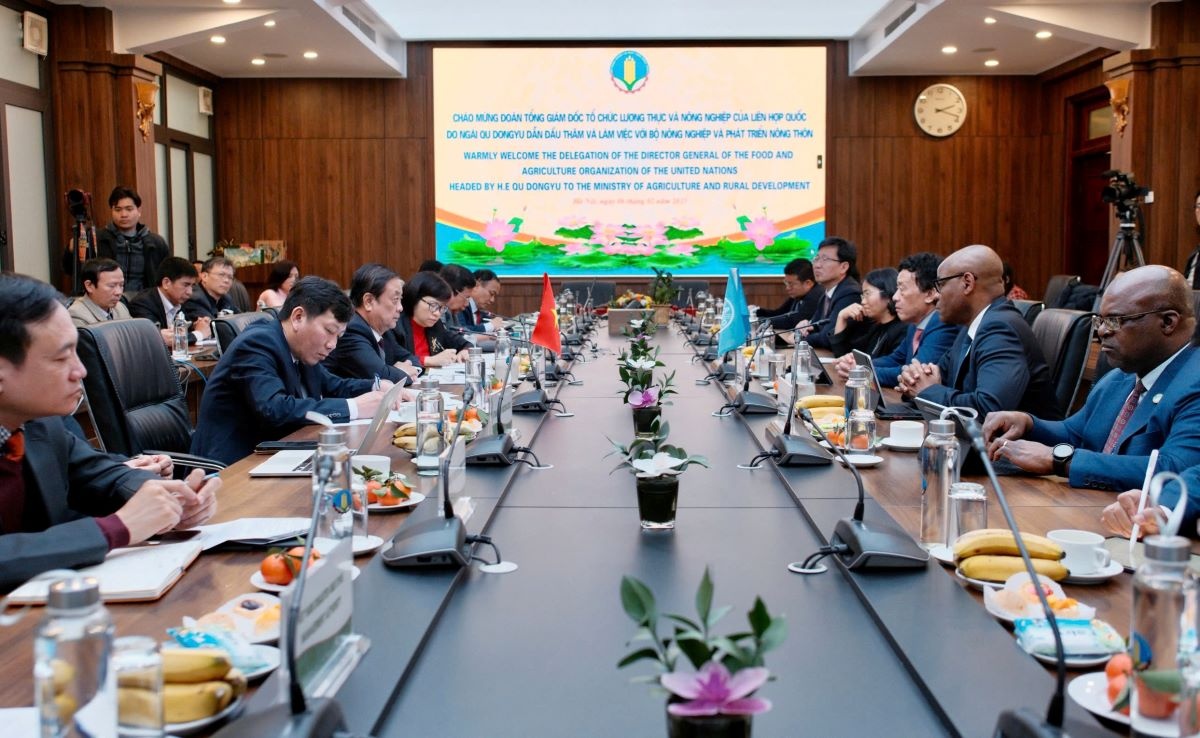
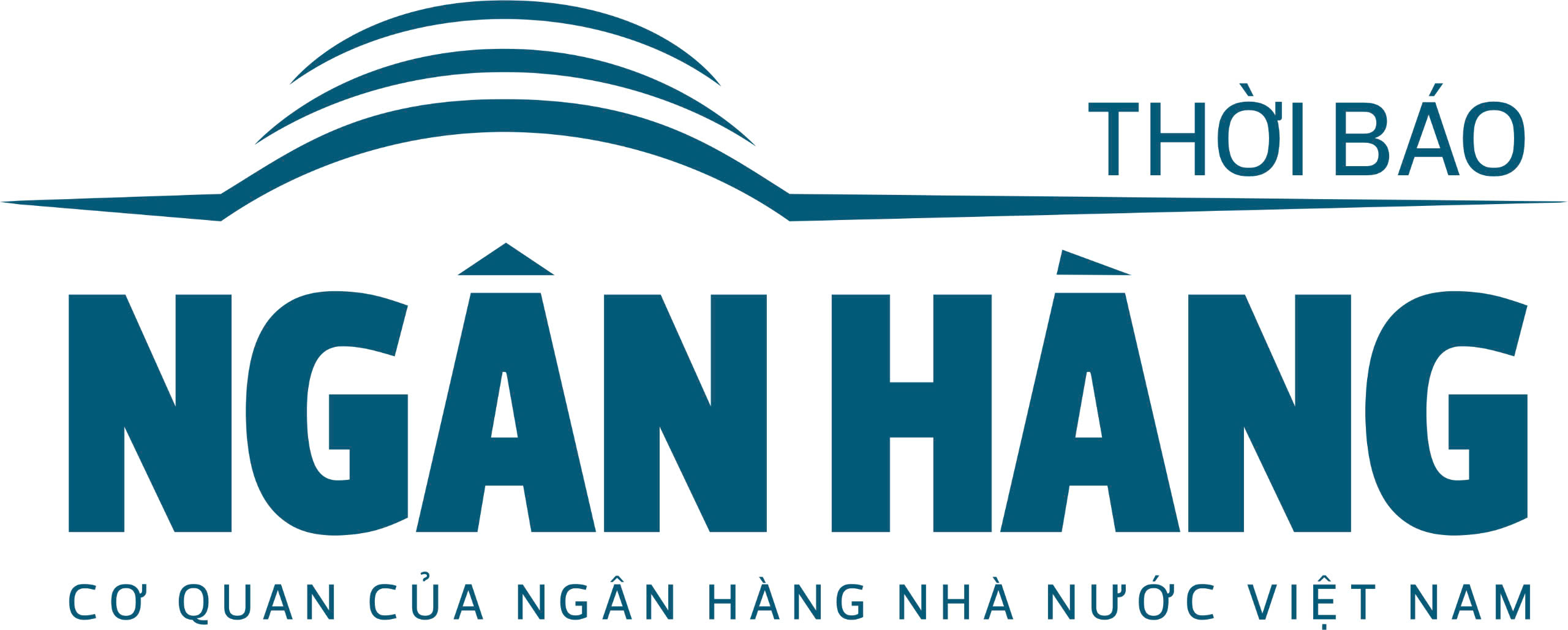
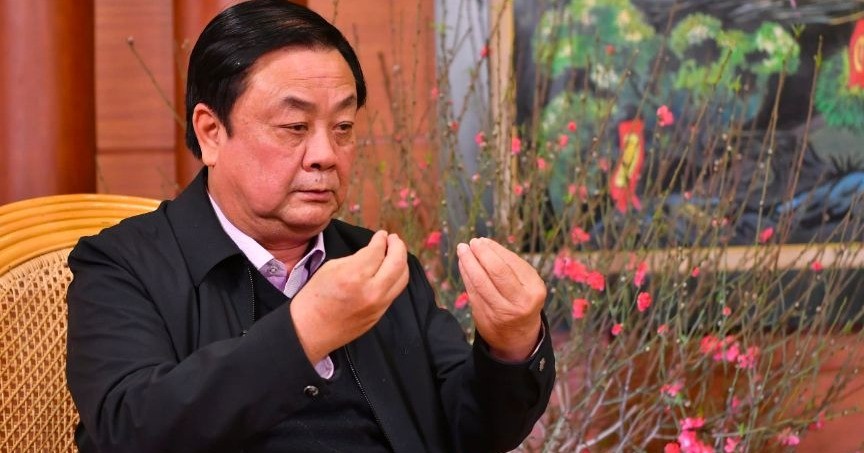
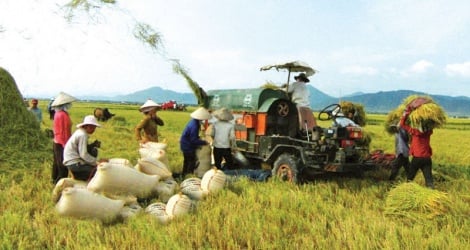


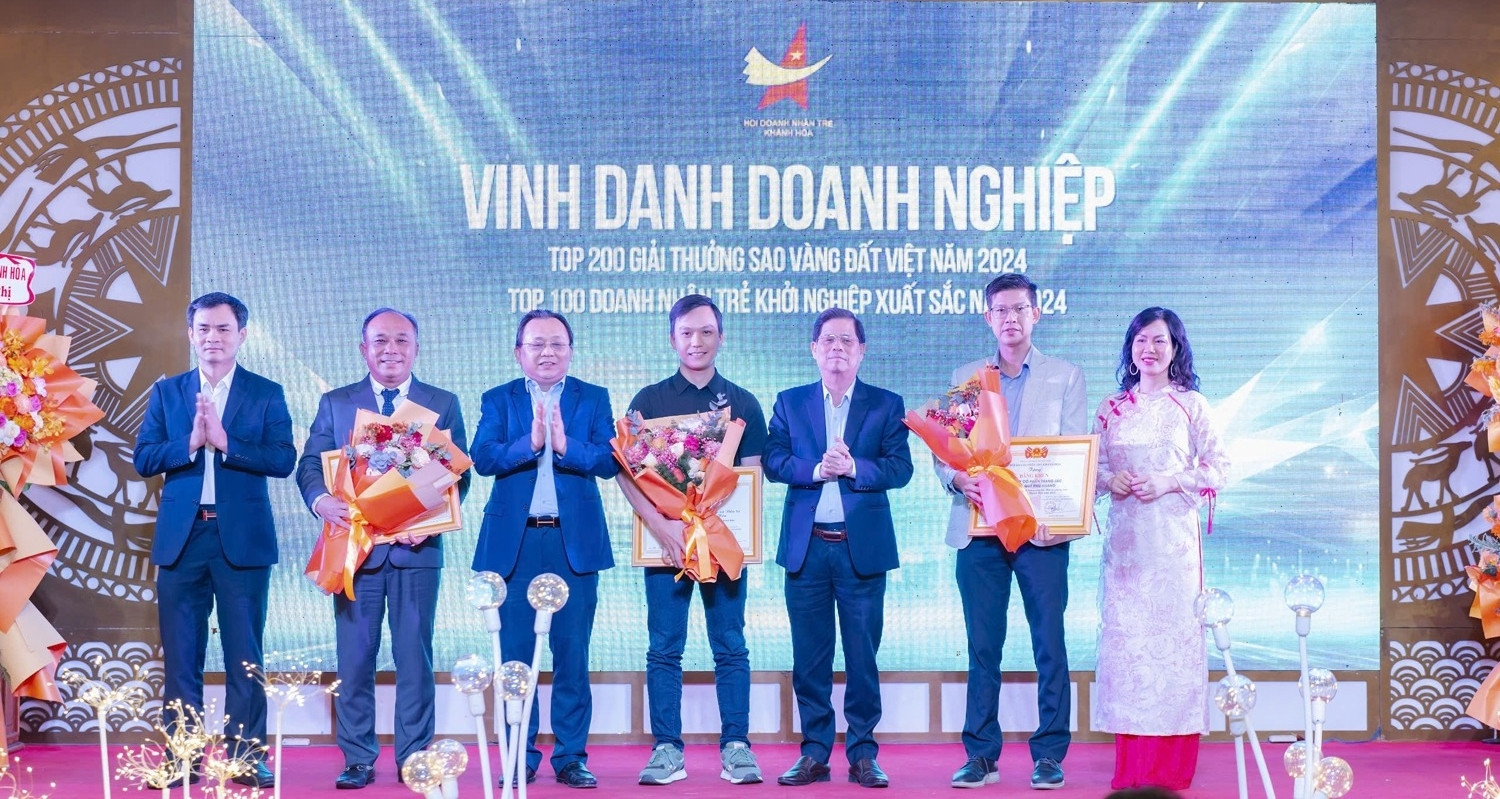

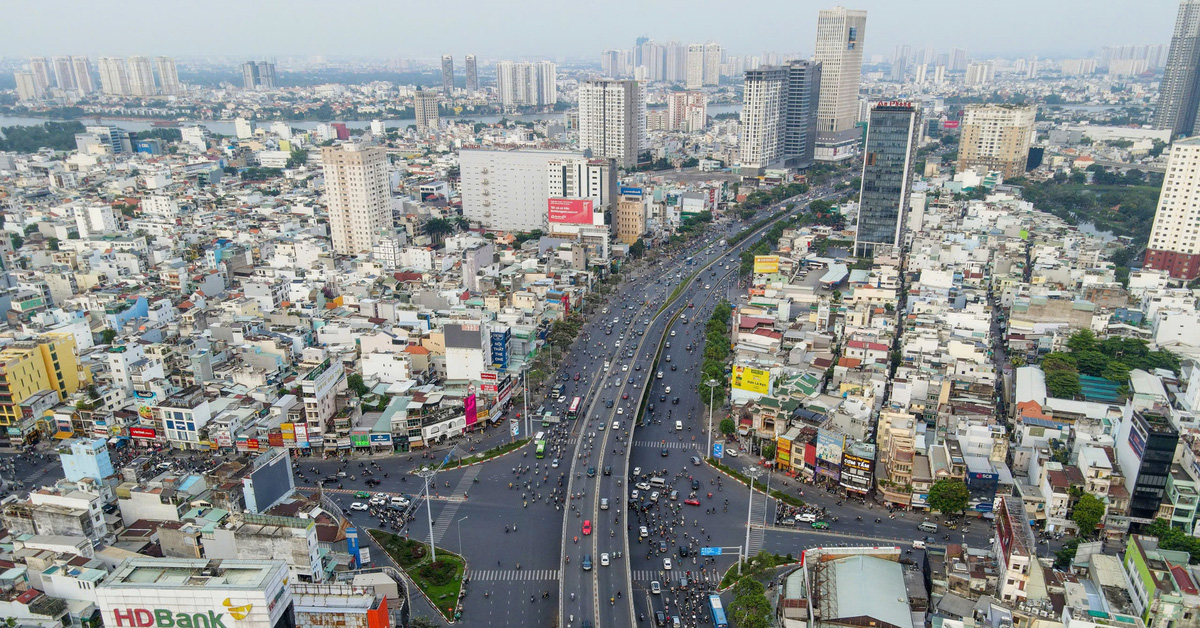

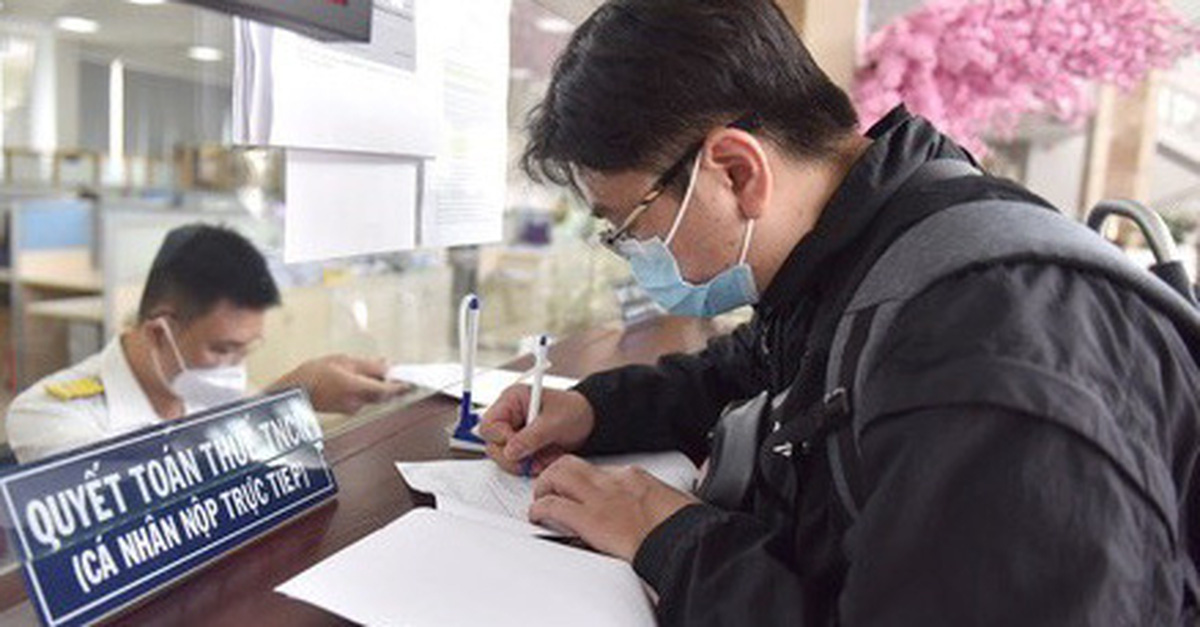
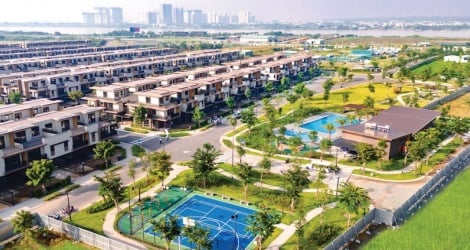

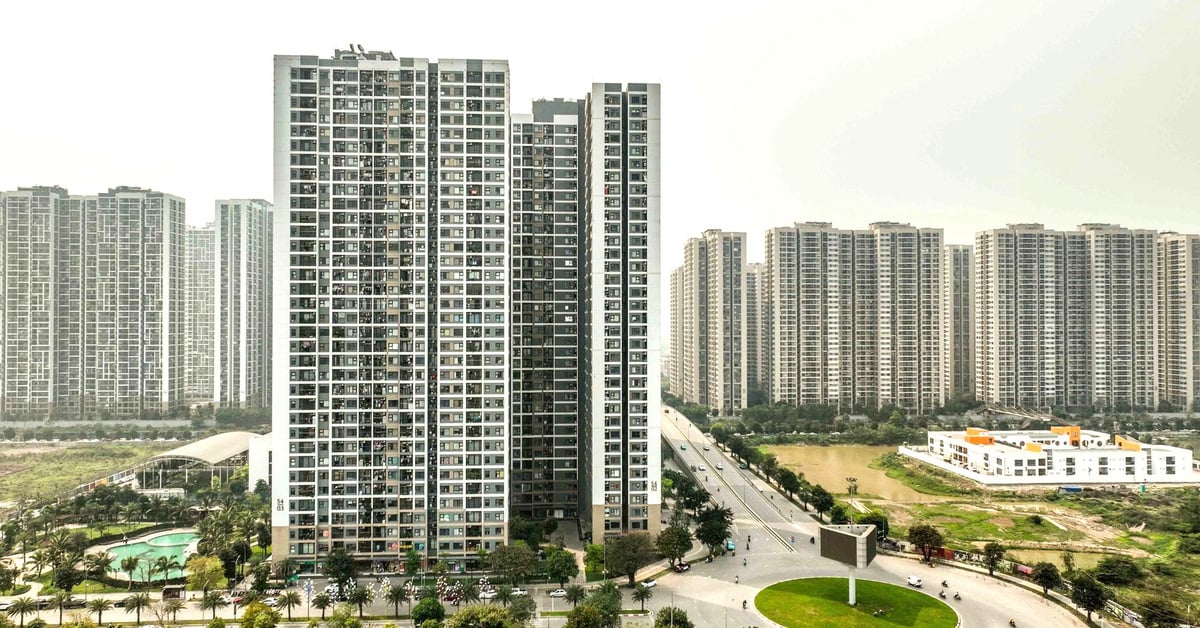
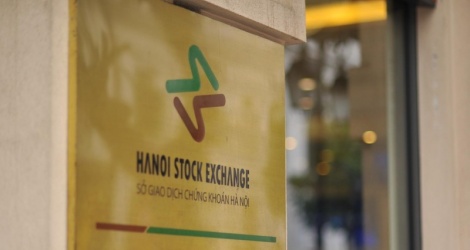
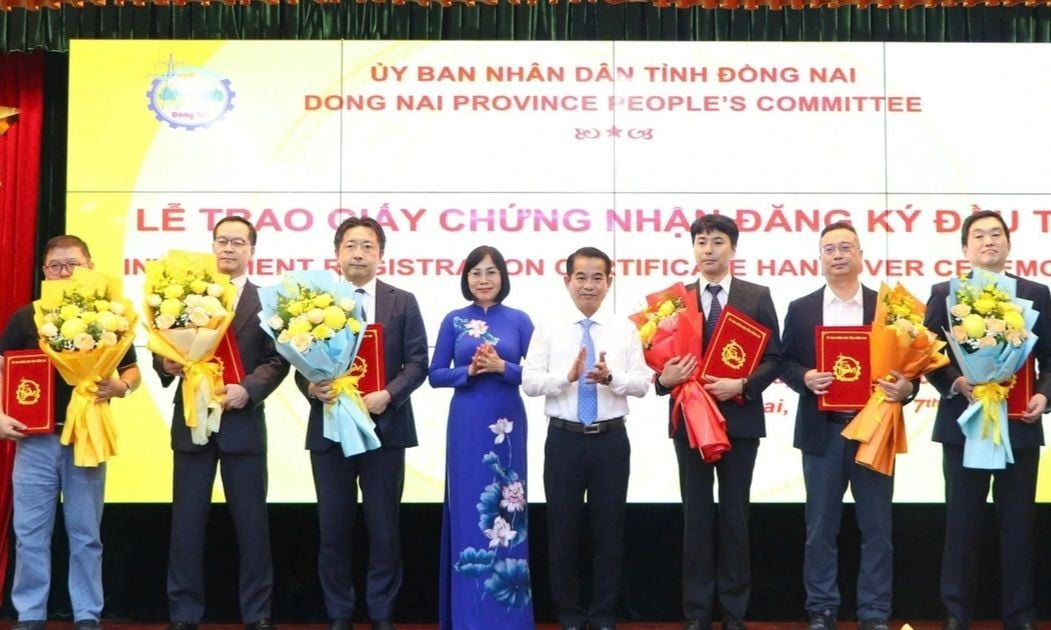
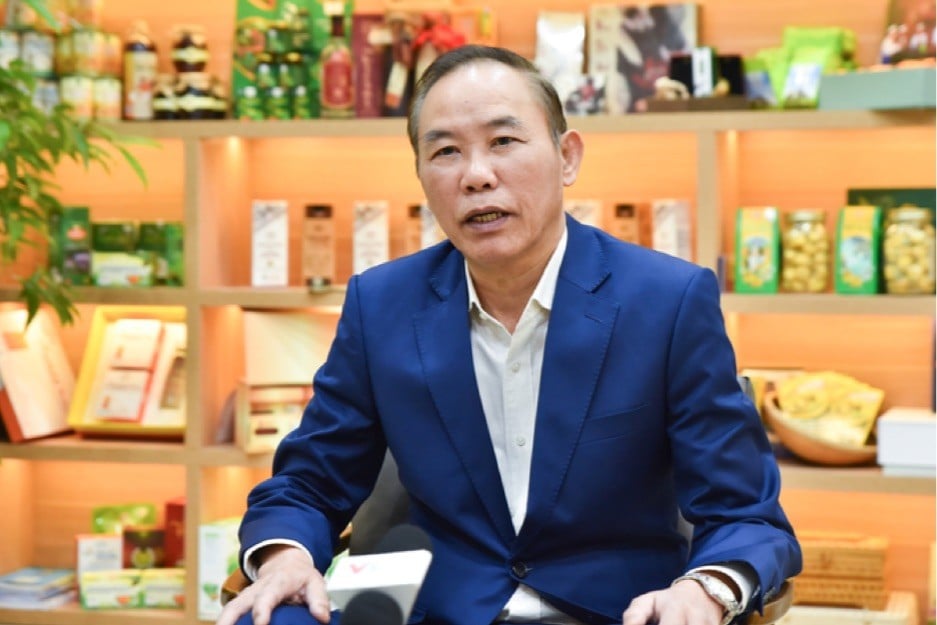
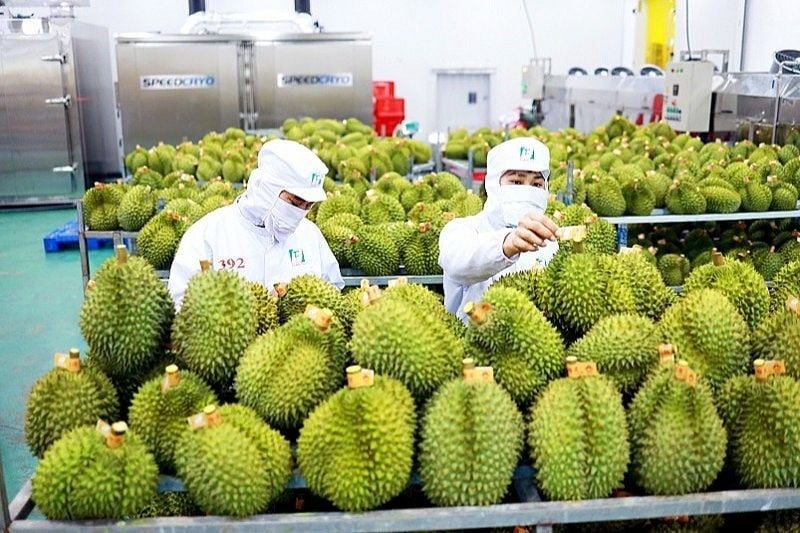
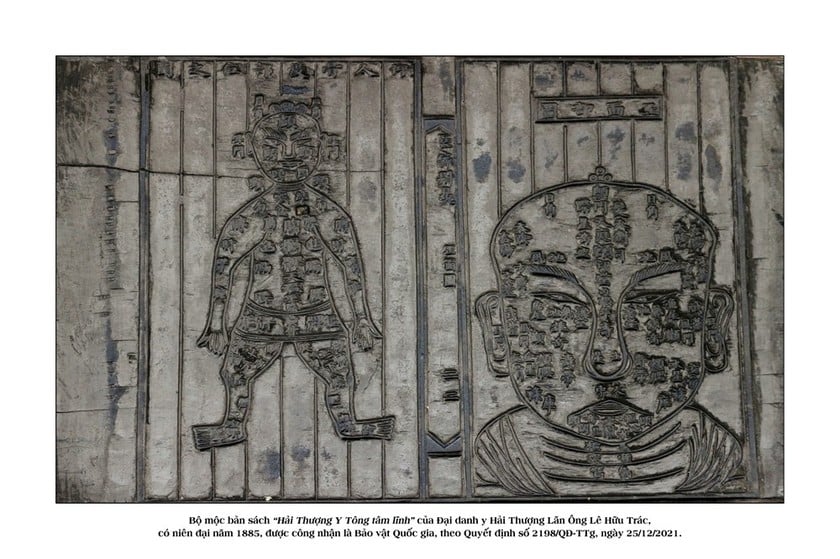

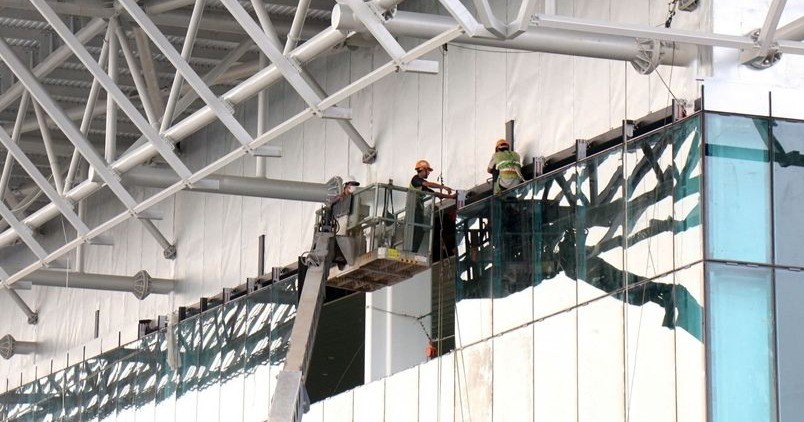

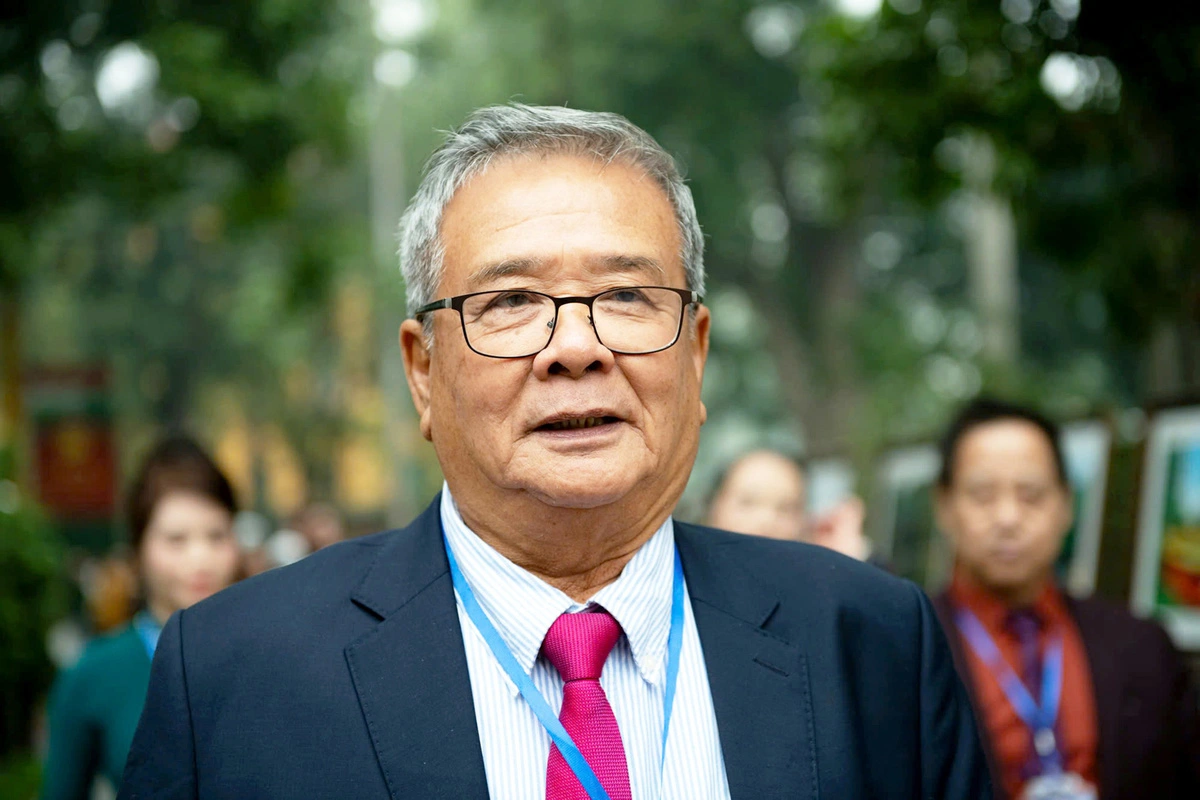




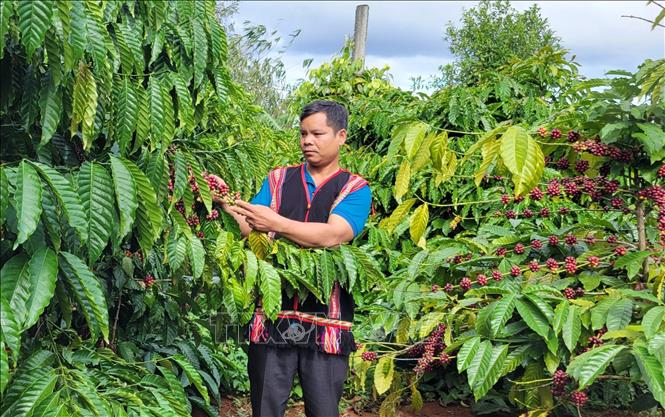





Comment (0)